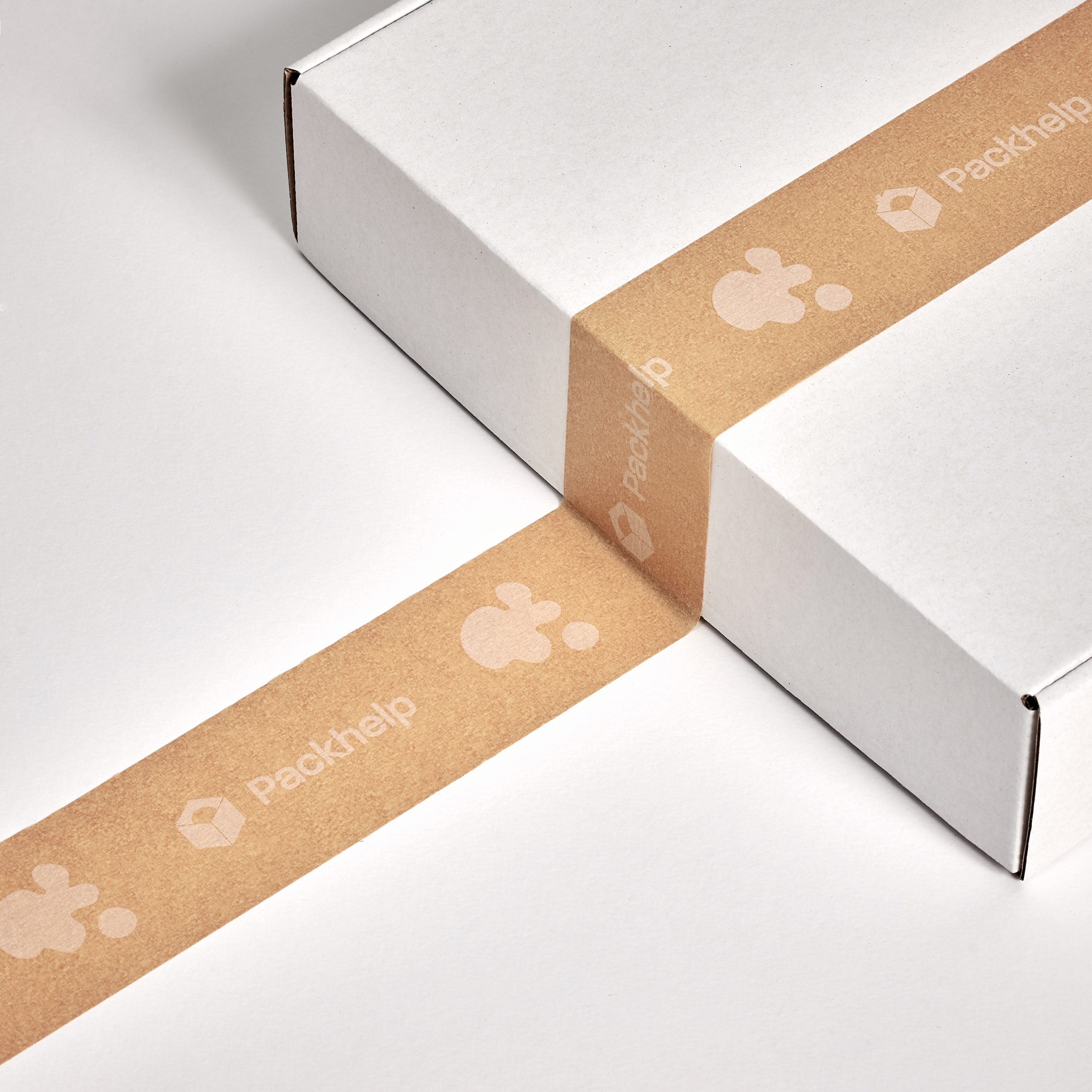
I want to reframe something for you. When we as designers and business owners talk about designing with sustainability in mind, there’s a lot of “don’ts” that we’re supposed to keep in mind.
For instance:
- Don’t use Spot UV printing or special coatings, because they contain plastics and aren’t recyclable
- Don’t use chlorine-treated paper
- Don’t go with plastic packaging if it’s not necessary
- Don’t use a printer that contributes to deforestation
- Don’t use foil embellishments because it leaks heavy metals into the environment as it breaks down
- Don’t use petroleum-based ink
- Don’t use a printer with unethical employee treatment practices
- Don’t use virgin paper stocks
- Don’t use designs with bleeds, as it requires using ink that is ultimately cut off and wasted.
- Don’t use styrofoam or bubble wrap for shipping
- Don’t use plastic-based tape for closing boxes.
- Don’t use Vinyl Stickers, and they are plastic and will break down into microplastics
Taking a look at that list may make feel overwhelming, and it might make the whole process seem complicated, daunting, and unapproachable.
But what if we chose to look at it another way? What if we examined all of the “do’s” that are still available? What if we took this as an opportunity to be MORE creative, and MORE explorative with our design choices?
When you give someone a strict set of boundaries or a set of tools that they may be unfamiliar with, they are forced to work outside of their comfort zone. It’s at that point that their creativity and problem-solving skills really get to shine to create solutions they would have never thought of otherwise.
So no, I strongly believe that eco-design practices are NOT restrictive, but we should instead invite the challenge it brings, and get excited to explore the new possibilities that we may have otherwise missed out on.
Right now the printing industry is built for fast, cheap, easy manufacturing. And the fastest and cheapest options often have the worst impact on the environment. But the more that we push for sustainable printing practices, the more accessible it will become, the easier it will be to access, and the cheaper it will be to produce sustainable printed items and packaging. The solar power industry is a fantastic example of this. The price of solar equipment has dropped by 89% since 2010 and will continue to drop as the technology is improved upon. Solar power has become more accessible because demand for it has continued to grow.
The same thing needs to happen with print and packaging materials. Currently, the are a lot of creative alternatives to the normal paper stocks we see every day. Hemp paper is fast to produce, consumes far less water, and is strong and durable. Plastic alternatives made from algae are becoming easier to produce and can replace polybags and single-use plastic films in a number of situations.
Innovation is exciting. It’s invigorating. Every time I read an article explaining how someone made something incredible with the limited resources and tools that they had available, I celebrate that win for all of us. Because that win DOES affect all of us. We should all be working together to find new ways to lighten our burden on the earth and combat the climate change that we are all impacted by.
Header photo sourced: https://unsplash.com/photos/V3YnFyZSG5Q?utm_source=unsplash&utm_medium=referral&utm_content=creditShareLink
CATEGORY
3/30/2021
COMMENts and feedback welcome